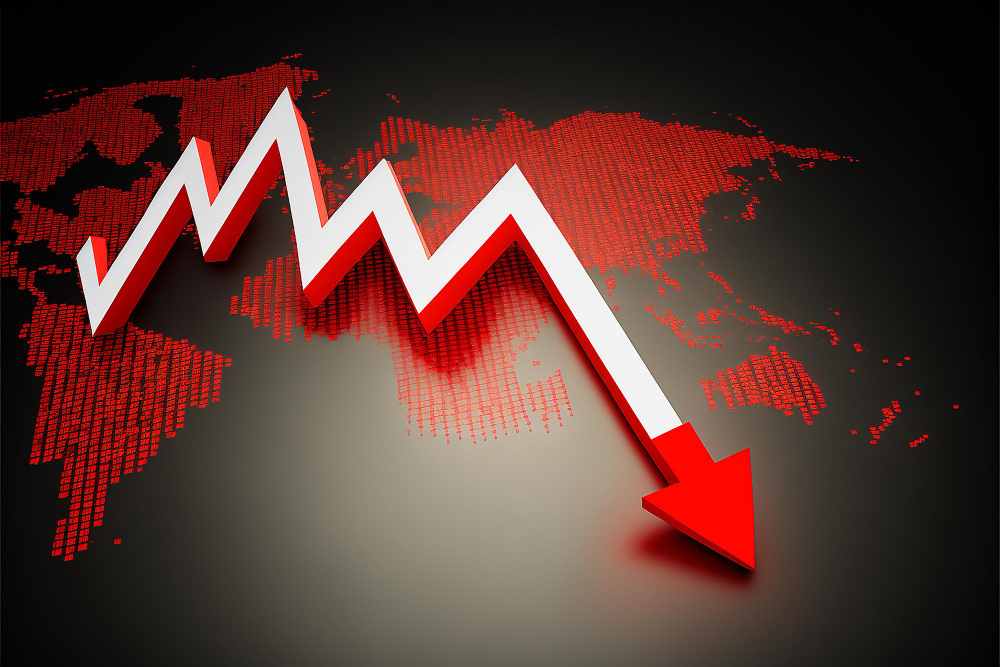Gold Rush 2.0: Unpacking the Central Bank Buying Spree and Its Impact on XAUUSD Market Dynamics
In the financial world, trends come and go with the wind, but some have the power to shape the landscape in ways that are both profound and lasting. One such trend that has been making waves across global markets is the recent surge in gold buying by central banks around the world. This phenomenon, reminiscent of the historic gold rushes, has been aptly dubbed ‘Gold Rush 2.0’. But what is driving this spree, and more importantly, what does it mean for the XAUUSD (Gold vs. US Dollar) market dynamics? Let’s dive deep into this golden frenzy, breaking down its components, drivers, and implications in a detailed, conversational, and engaging manner.
Understanding the Surge: Why Central Banks are Hoarding Gold
Economic Uncertainty and Gold’s Safe-Haven Appeal
In times of economic uncertainty, gold has historically been the go-to asset for investors and central banks alike. Its intrinsic value and scarcity make it a reliable store of wealth, especially in the face of inflation, currency devaluation, and geopolitical tensions. Recently, with the global economy facing unprecedented challenges, central banks have ramped up their gold reserves, seeking stability and a hedge against potential financial turmoil.
Diversification and Reduced Dependence on the US Dollar
Another critical factor behind this trend is the strategic diversification of foreign reserves. By increasing their gold reserves, central banks aim to reduce their dependence on the US dollar, which, despite being the world’s primary reserve currency, carries its own set of risks and uncertainties. This move towards gold is a calculated strategy to create a more balanced and resilient reserve portfolio.
Impact on XAUUSD Market Dynamics

Increased Demand and Price Volatility
The central banks’ increased demand for gold has had a noticeable impact on the XAUUSD market dynamics. Firstly, it has contributed to a rise in gold prices, as higher demand from such significant market players decreases supply availability for other investors. This scenario can lead to increased price volatility, with gold prices swinging more dramatically in response to global economic indicators, central bank announcements, and geopolitical events.
Market Sentiment and Speculative Trading
The central banks’ buying spree also influences market sentiment, often leading to a bullish outlook on gold among traders and investors. This optimistic sentiment can fuel speculative trading, further increasing volatility and, at times, decoupling gold prices from traditional market drivers like the US dollar strength and real interest rates.
Exploring the Long-Term Implications
Shifts in Global Economic Power
The strategic accumulation of gold by central banks could signify shifts in global economic power. Countries with larger gold reserves might find themselves in a stronger negotiating position on the international stage, potentially leading to changes in the global financial system’s hierarchy.
Inflationary Pressures and Currency Valuations
Over the long term, this trend could exert inflationary pressures on the global economy, especially if the increased demand for gold leads to sustained price increases. Furthermore, as central banks diversify away from the US dollar, we might witness fluctuations in currency valuations, affecting international trade and economic relations.
The Role of Technology and Innovation
Blockchain and Gold Trading
In the age of Gold Rush 2.0, technology plays a pivotal role, especially blockchain. This innovative technology offers a transparent, secure, and efficient way to trade gold, potentially revolutionizing the market. Blockchain’s ability to tokenize physical gold into digital assets could make gold trading more accessible, impacting demand and liquidity in the XAUUSD market.
Advancements in Gold Exploration and Mining
Technological advancements in exploration and mining could also influence the gold market. As new reserves are discovered and extraction methods become more efficient, the supply side of the gold market could see significant changes. This potential increase in supply might counterbalance some of the demand pressures from central banks, stabilizing prices in the long run.
Navigating the Future: Strategies for Investors
Keeping an Eye on Central Bank Movements

For investors looking to navigate the XAUUSD market, keeping a close eye on central bank gold buying trends is crucial. These movements can serve as an early indicator of shifts in market sentiment and potential price movements, allowing investors to adjust their strategies accordingly.
Diversification and Risk Management
Diversification remains a key strategy for managing risk in a volatile gold market. By spreading investments across different assets, including gold, investors can protect themselves against significant losses in any single investment. Additionally, considering gold ETFs and mining stocks could provide exposure to gold without the need for physical ownership, offering a more liquid and flexible investment option.
Conclusion
Gold Rush 2.0 is more than just a catchy phrase; it’s a significant financial trend with the potential to reshape global economic landscapes and XAUUSD market dynamics. As central banks around the world continue to increase their gold reserves, the implications for investors, traders, and the global economy at large are profound. By understanding the drivers behind this trend and its potential effects, stakeholders can better navigate the uncertainties of the gold market, making informed decisions that capitalize on this golden opportunity.
FAQs

1. Why do central banks buy gold?
Central banks buy gold as a hedge against economic uncertainty, to diversify their reserves, and to reduce their dependence on the US dollar.
2. How does central bank buying affect the XAUUSD market?
Central bank buying can lead to increased demand and price volatility in the XAUUSD market, influencing market sentiment and speculative trading.
3. What long-term implications could this trend have?
In the long term, this trend could lead to shifts in global economic power, inflationary pressures, and changes in currency valuations.
4. How can investors navigate the gold market amidst this trend?
Investors should keep a close eye on central bank movements, diversify their portfolios, and consider different investment options like gold ETFs and mining stocks.
5. Can technology impact the gold market?
Yes, technology, especially blockchain, can revolutionize gold trading by making it more accessible and efficient, potentially impacting demand and liquidity in the XAUUSD market.





